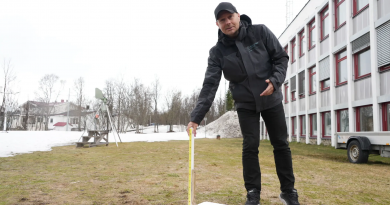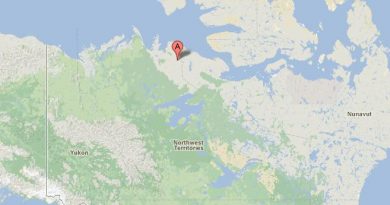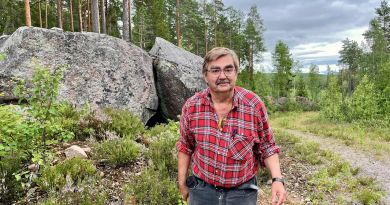Google Street View takes you to Canada’s northernmost Arctic park
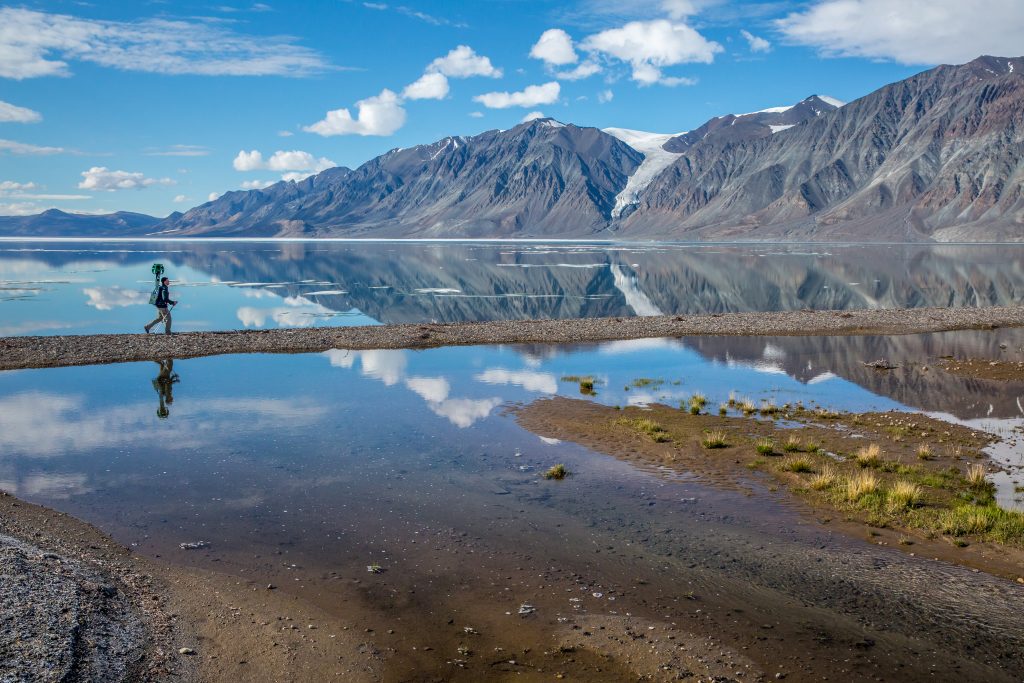
Even if you had thousands of dollars to get to Canada’s northernmost nature reserve, Quttinirpaaq National Park on the northern tip of Ellesmere Island in the Arctic territory of Nunavut is closed for business until next June.
But thanks Google Street View you can wonder through the breathtaking expanses of the Arctic reserve located at the 81 degrees north latitude, about 800 kilometres south of the North Pole, without ever leaving the comforts of your home.
No need to buy all that expensive hiking gear or spend a small fortune on plane tickets and accommodation. It’s all there just at a click of a mouse – the stunning fjords, the massive glaciers and the unblemished beauty of this High Arctic desert.
Partnership with Google
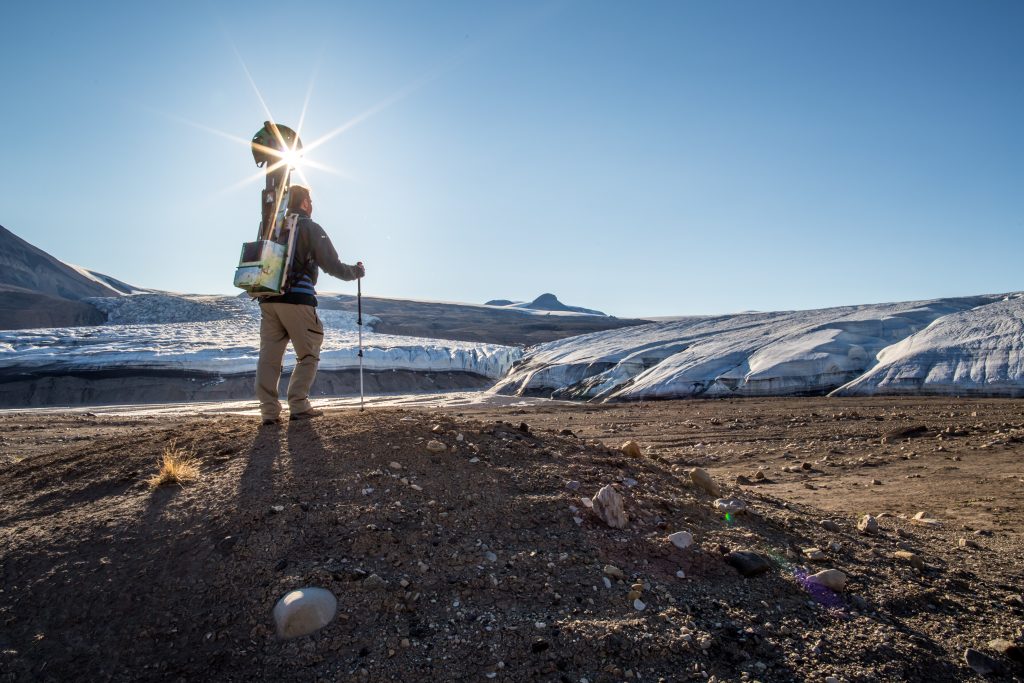
The project was made possible thanks to a unique collaboration between Google and Parks Canada, the federal agency that manages the country’s national parks and historic sites.
“The ability to bring the Arctic and the park closer to people by means of virtual technology was very appealing,” Emma Upton, who manages the park, told Radio Canada International in a phone interview from Iqaluit, Nunavut.
“I think that we are in a time now where people are more aware of the Arctic, they are becoming more aware, more interested and still a lot of people have never heard of Ellesmere Island, have no idea what it looks like and are really surprised when they find out how mountainous it is and how diverse it is.”
Collaborating with Google was a wonderful opportunity to make the park a little bit more accessible, Upton said.
Upton said she accompanied a specially trained Parks Canada employee who lugged Google’s top-heavy 23-kilogram (50-pound) Trekker backpack camera across the parks rugged terrain for days to gather the Street View footage.
‘It’s a place that is surprisingly diverse’
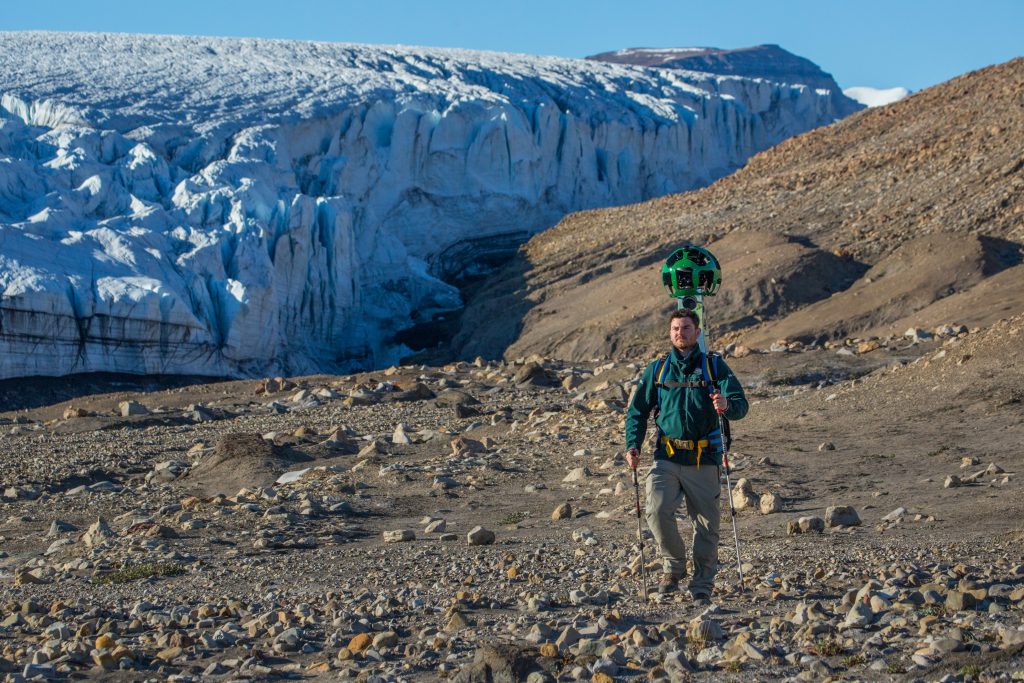
Quttinirpaaq is Canada’s third largest park and covers an area of about 38,000 square kilometres, Upton said.
A third of that is covered in glaciers and ice caps and the region is quite mountainous with the tallest peak, Mount Barbeau, rising more than 2,600 metres, Upton said.
“It’s of course a remote environment and it’s a place that is surprisingly diverse in its ecosystems and it’s also a place that very few people know but it has been inhabited by humans over 5,000 years ago in various ways of habitation, not continuously,” Upton said.
About 25 visitors a year venture out to Quttinirpaaq and there are also scientists who also visit the park each year to do their research.
On the far edge of the Earth
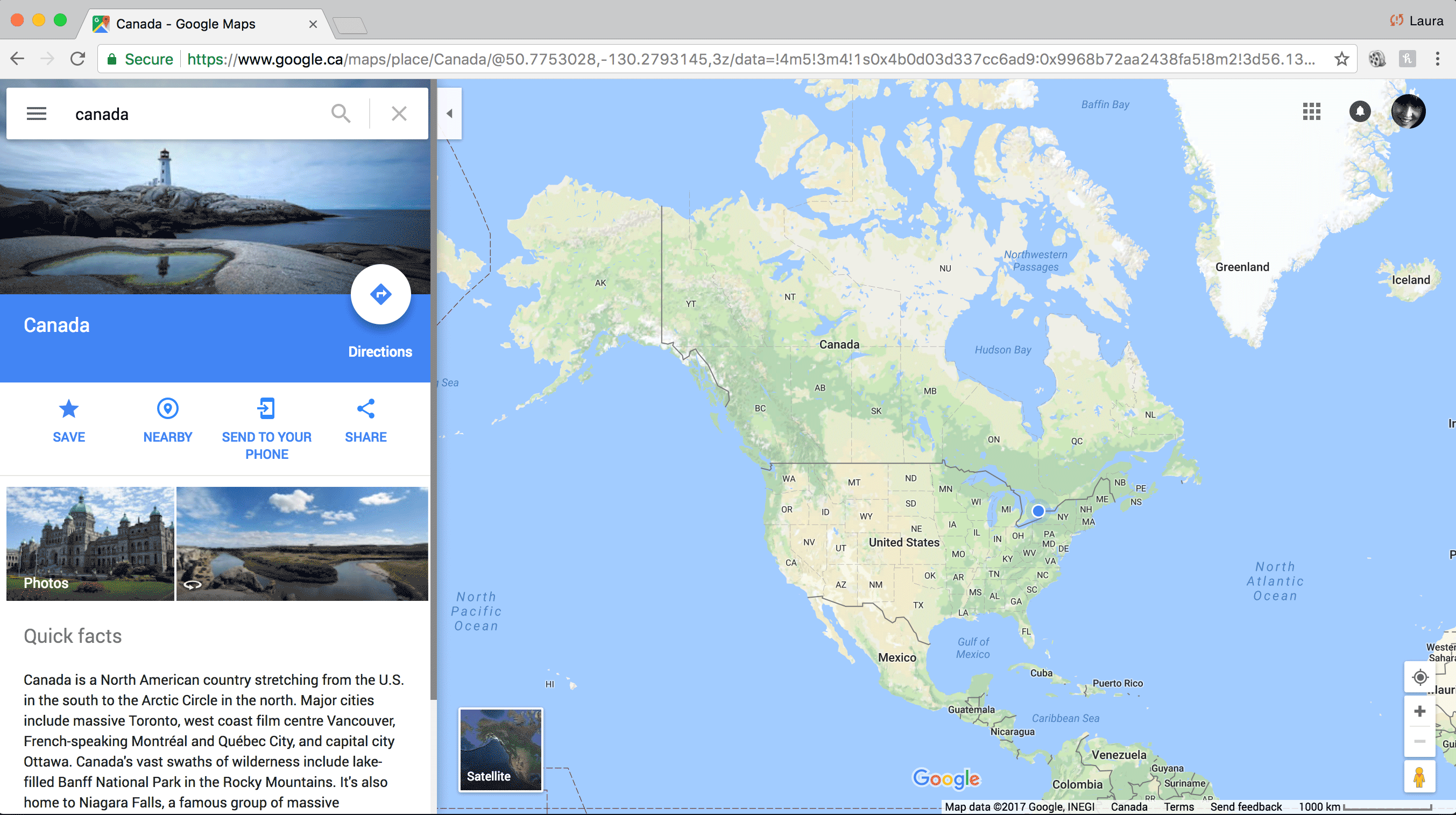 To reach Quttinirpaaq one has to first fly to Iqaluit, the capital of Nunavut, then take a flight to Resolute on Cornwallis Island. There, these intrepid travellers hire a Twin Otter aircraft, the workhorse of aviation in the Canadian Arctic, to fly them to the park.
To reach Quttinirpaaq one has to first fly to Iqaluit, the capital of Nunavut, then take a flight to Resolute on Cornwallis Island. There, these intrepid travellers hire a Twin Otter aircraft, the workhorse of aviation in the Canadian Arctic, to fly them to the park.
There are also occasional cruise ships that visit the island.
There is a small operations camp at Tanquary Fjord equipped with a kitchen in a Weatherhaven tent for staff and visitors. But that’s pretty much all the infrastructure there is at the park.
Once people arrive at Tanquary Fjord, they are met by park staff who orient them to the area and go through a fairly intense briefing on safety, she said.
Beyond that though you are on your own, literally, Upton said.
“It’s very quiet, unless the winds are howling,” Upton said. “You’ll never hear the amount of sounds that you’ll hear in a jungle or in the Amazon, so every sound you hear stands out even more and you are more aware of it.”
Sun, mountains and wildlife
During the summer months that the park is open there is 24 hours sun light.
“The sun does a giant circle in the sky,” Upton said. “You don’t see the moon for months on end.”
Because there are no trees and very little vegetation one can see far in the distance and often objects appear deceptively close, she said.
“When I get the opportunity to go walk on the land, I find that it’s always remarkable how naked the landscape is and how it’s telling me the story of its geological evolution,” Upton said. “You can find fossils, you can see that everything was under the sea at one point, long-long time ago, you can see how the mountains have been shaped by the glaciers.”
The park also offers a great opportunity to observe High Arctic wildlife – muskox, Arctic hares and wolves and foxes.
“They have for a long time not been disturbed by humans so that has certainly affected their behaviour, they are less afraid and less leery of people,” Upton said. “And because the park is so far north, it’s rare that we see polar bears in the area.”
So, unlike other national parks in Nunavut, where polar bear safety is a major concern for visitors, hikers in Quttinirpaaq can enjoy the nature without much fear that they’ll encounter the fierce predator, Upton.
Volunteer program
Given how remote the park is, Parks Canada is trying to make Quttinirpaaq a little more accessible, Upton said.
Once a year, it charters a Twin Otter from Resolute sells seats on the plane to the public. Or you could volunteer to cook for park staff and spend two weeks at Quttinirpaaq as part of their program called Chef at the Top of the World, Upton said.
“Every Spring and January we take applications from people who love to cook and who are comfortable in remote areas and have some level of first aid training and we have quite a few interested parties,” Upton said. “Those individuals have to get themselves to Resolute and from Resolute we put them on one of our chartered flights. And the room and board is covered for two weeks.”
Related stories from around the North:
Canada: Canada’s Supreme Court to decide on northern wilderness watershed, Radio Canada International
Denmark/Greenland: Inuit in Canada and Greenland seek control of marine oasis, Radio Canada International
Finland: Finnish government buys naturally diverse historical island from forestry giant, Yle News
Iceland: High peak in low season, Iceland’s mass-tourism boiling over, The Independent Barents Observer
Norway: Russia snubs Norway with nature reserve opening, The Independent Barents Observer
Russia: Arctic national park expands, becomes Russia’s biggest, The Independent Barents Observer
Sweden: Swedish eco-park rises from the flames, Radio Sweden
United States: U.S. Democrats remount effort to block drilling in Arctic National Wildlife Refuge, Alaska Dispatch News

